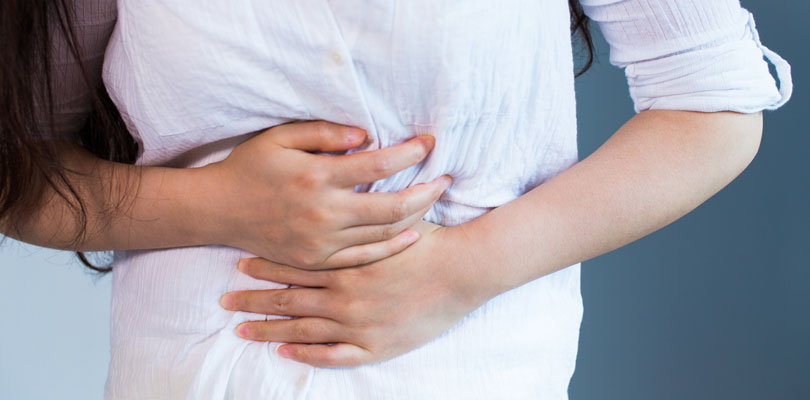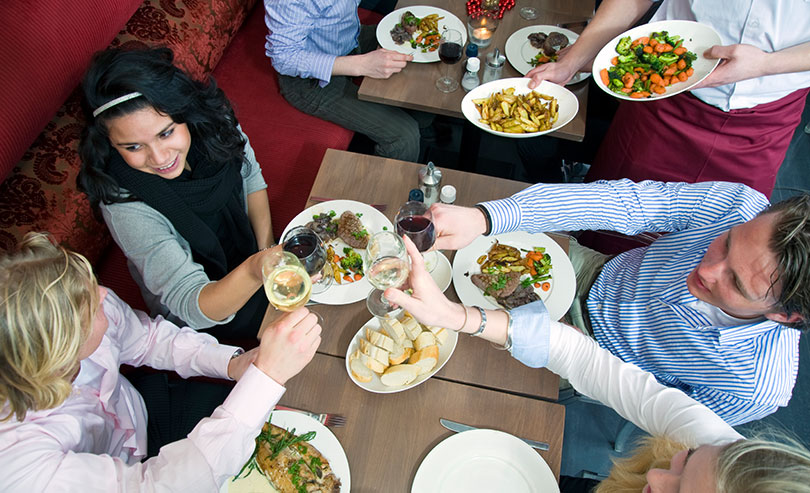IBS and Spasms
Spasms caused by irritable bowel syndrome (IBS) are common, uncomfortable, and sometimes debilitating.
Fortunately, there are steps that you can take which reduce the frequency and severity of spasms.
Treating IBS, including the spasms, requires a well-thought-out comprehensive treatment plan. IBS is a complex condition that is affected by many factors including stress, hormones, environment, and diet.
Characteristics of Spasms and IBS
- Abdominal pain which is often spasmodic is typical of IBS. Cramping can be mild or severe. The spasms most often originate in the lower abdomen. Spasms can be at times so severe that people double over in pain and become temporarily incapacitated.
- Changes in bowel habits accompany spasms. The cramps may cause diarrhea and constipation. Some people intermittently suffer from both. Stools may be loose or hard. They may be small or large. Mucousy stools are common.
- Bloating and gassiness may occur. Spasms can create pressure in the rectal area. Embarrassment and discomfort arise. Sometimes stool remains in the rectum after defecating causing further distress. The combination of contractions, changes in stool consistency, gas, and retention of stool may result in hemorrhoid formation.
- Living with spasms, pain, and other symptoms of IBS is stress producing. Increased anxiety results in more spasms. More spasms lead to an increase in other symptoms and further stress.
- The spasms, changes in mucus, and bowel habits disrupt the precise balance of bacteria in the gastrointestinal tract. Undesirable organisms may grow excessively. Healthy bacteria may become depleted. All of this leads to further spasms and bowel disruption.
- Some people experience crampy pains due to food allergies. Eating foods which produce gas, such as beans, cabbage, and lentils cause spasms to increase temporarily.
How to Relieve the Spasms Associated With IBS
It's important to have a comprehensive treatment plan to relieve spasms and other symptoms of IBS.
A comprehensive treatment plan interrupts the cycle of spasms, pain, changes in stool, and anxiety. The best approach addresses each symptom and underlying cause. Let's take a look at some steps that you can take starting today to get relief from spasms in the cycle of symptoms associated with IBS.
The first step that you need to take is to identify when your spasms occur. The easiest way to do this is to keep a journal.
Maintaining a journal will provide you with clues so that you can identify triggers which increase your spasms. Your journal does not have to be complicated. You should keep a journal even if you don't have spasms so that you can identify what contributes to their control or disappearance.
Keeping a Journal
You can purchase inexpensive and sometimes free health journaling templates and books at large stores or on the Internet. It's also easy to just keep a notebook or a calendar.
It can be tough to know how best to proceed during an IBS flare-up, but these methods can help calm your stomach, and make the pain much more manageable.
Here are some tips for starting your IBS journal:
- I recommend that you use abbreviations such as B for bloating S for spasms, etc.
- Document what you eat in your journal.
- Write down how you feel in general. Notice when bloating and other symptoms arise. Note what makes you feel better or worse. Gage your stress level II.
- Include any other information that you think relates to the spasms and other discomfort related to IBS.
- Share your journal with your healthcare provider for additional insight.
Relieve Spasms by Eating a Healthy Diet
Your journal will provide clues to what foods trigger spasms and other symptoms of IBS.
For example, you may find that you are lactose intolerant and have an increase in spasmodic pain when you consume dairy products. If that is the case, you may decide to limit your intake of dairy foods, eliminate them from your diet, or eat dairy products that contain the enzyme lactase.
Vegetables from the cabbage and onion families contain high amounts of sulfur. Sulfur produces gas and can promote spasms. Pulses, including dried beans, peas, and lentils are gas producing and hence contribute to spasms. While whole grains are healthy for most people, you may suffer from crampy pain if you eat them.
Fried foods, caffeinated beverages, alcohol, and carbonated beverages may be problematic for you.
When and how you eat may also determine whether or not you get spasms.
For example, you may find that you suffer from IBS pain every day after lunch while you're at work. You might conclude that the spasms are due to stress, or from eating too fast, or from a particular food that you eat every day at work.
It's important that you chew your food carefully and not hurry while eating so that your body has time to release adequate amounts of enzymes needed for digestion. If you eat quickly, you take in more air. Excess gas and cramping of the intestines may result. Be careful to stop eating when you are full as overeating may precipitate spasms and pain.
Foods high in fiber are helpful however you must choose foods that aren't gas producing and uncomfortable for you to eat.
Prebiotic and probiotic rich foods can be useful for restoring a healthy balance of intestinal flora. You may also choose to take supplements of probiotics.
Other Treatment for Spasms
Ask your doctor about the availability of medication which relieves and prevents pain. You may decide to use herbs as well or instead of pharmaceuticals. Stress relieving techniques including guided imagery, and meditation, can help you to relax.
Relief From Spasms Is Available
Determining what is causing your spasms takes perseverance. Take time to look closer at the underlying causes. Once you identify the triggers, you can take steps to reduce them. Partner with your health care practitioner and formulate an action plan that will give you relief from spasms due to IBS for once and for all.
You can use your journal as a guide for eliminating problem foods. Your journal may also show you that there are foods you may enjoy which you may have previously avoided.







